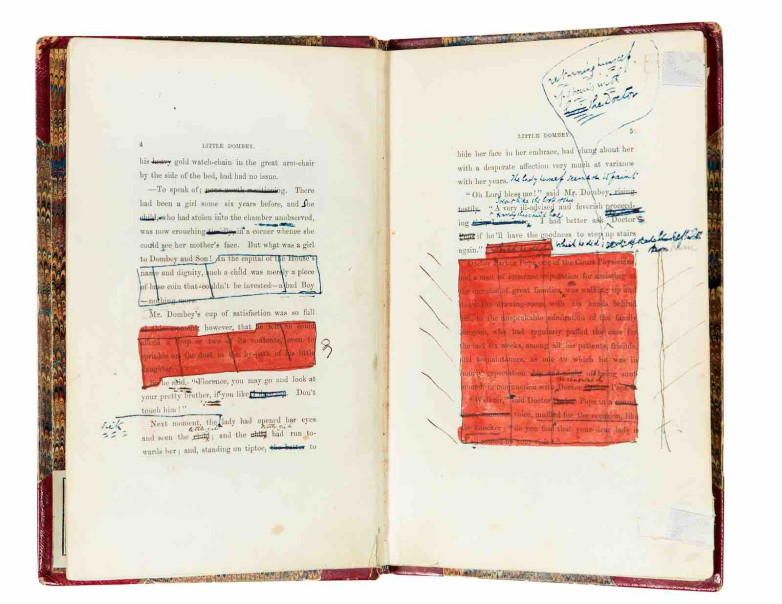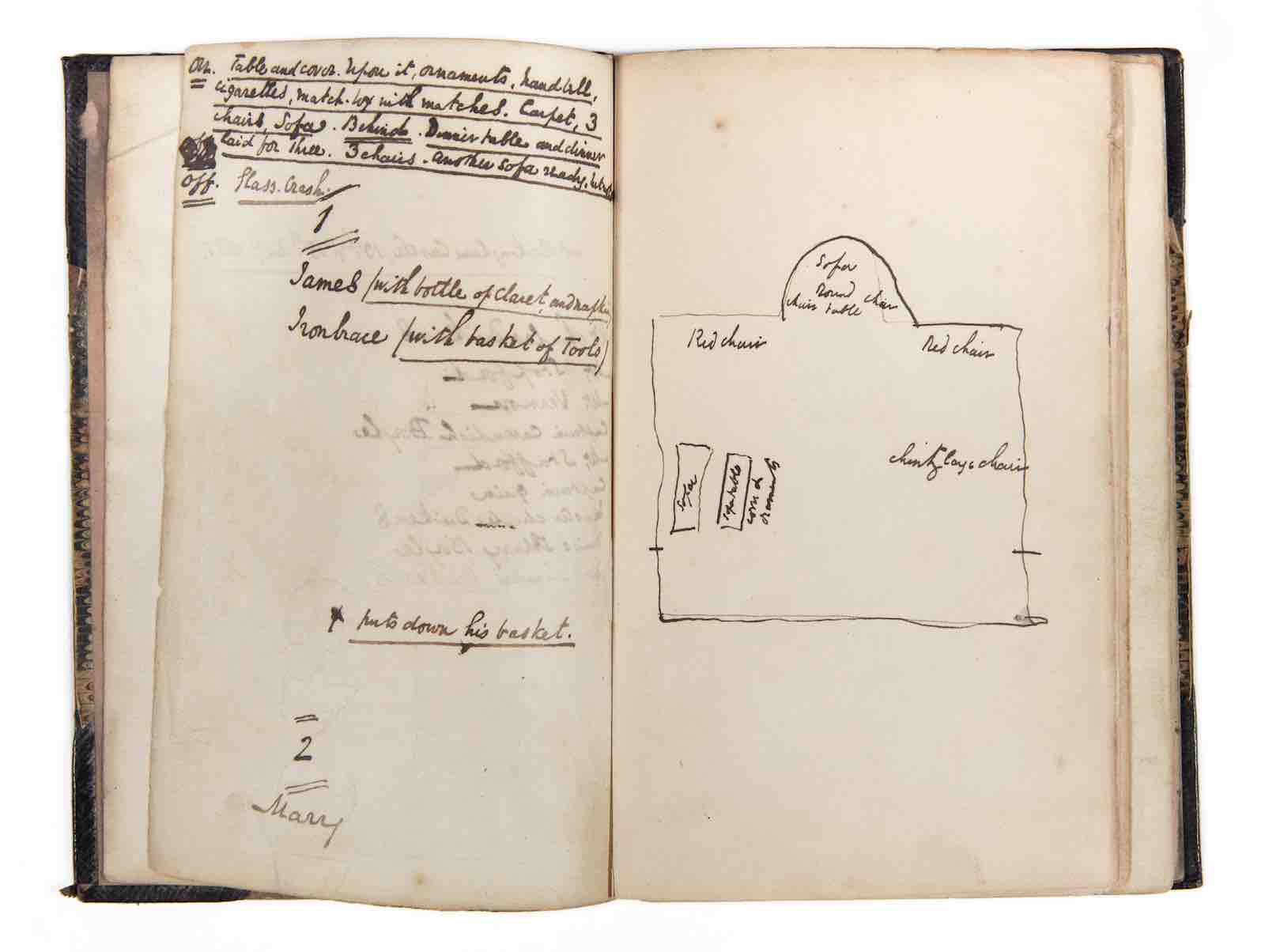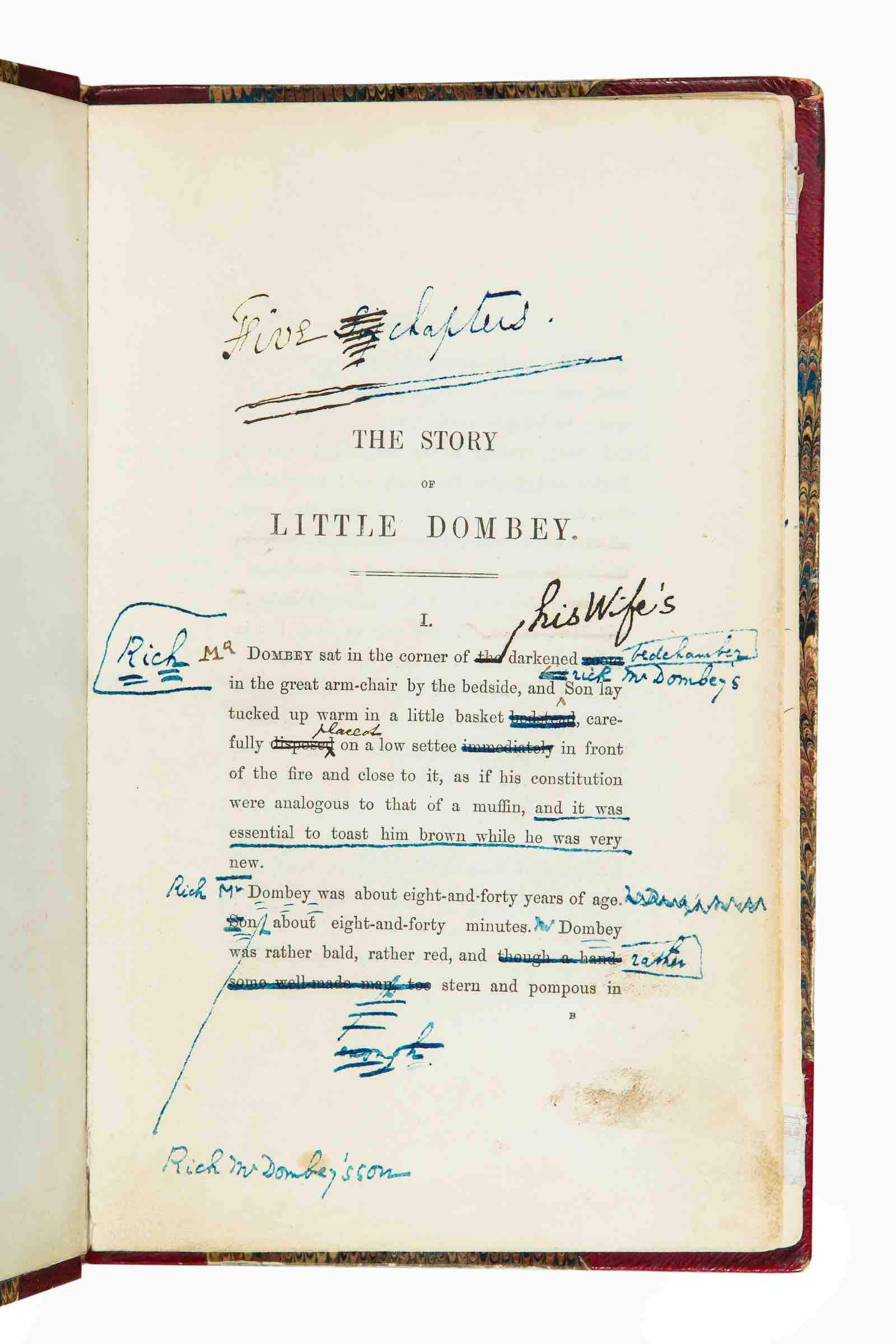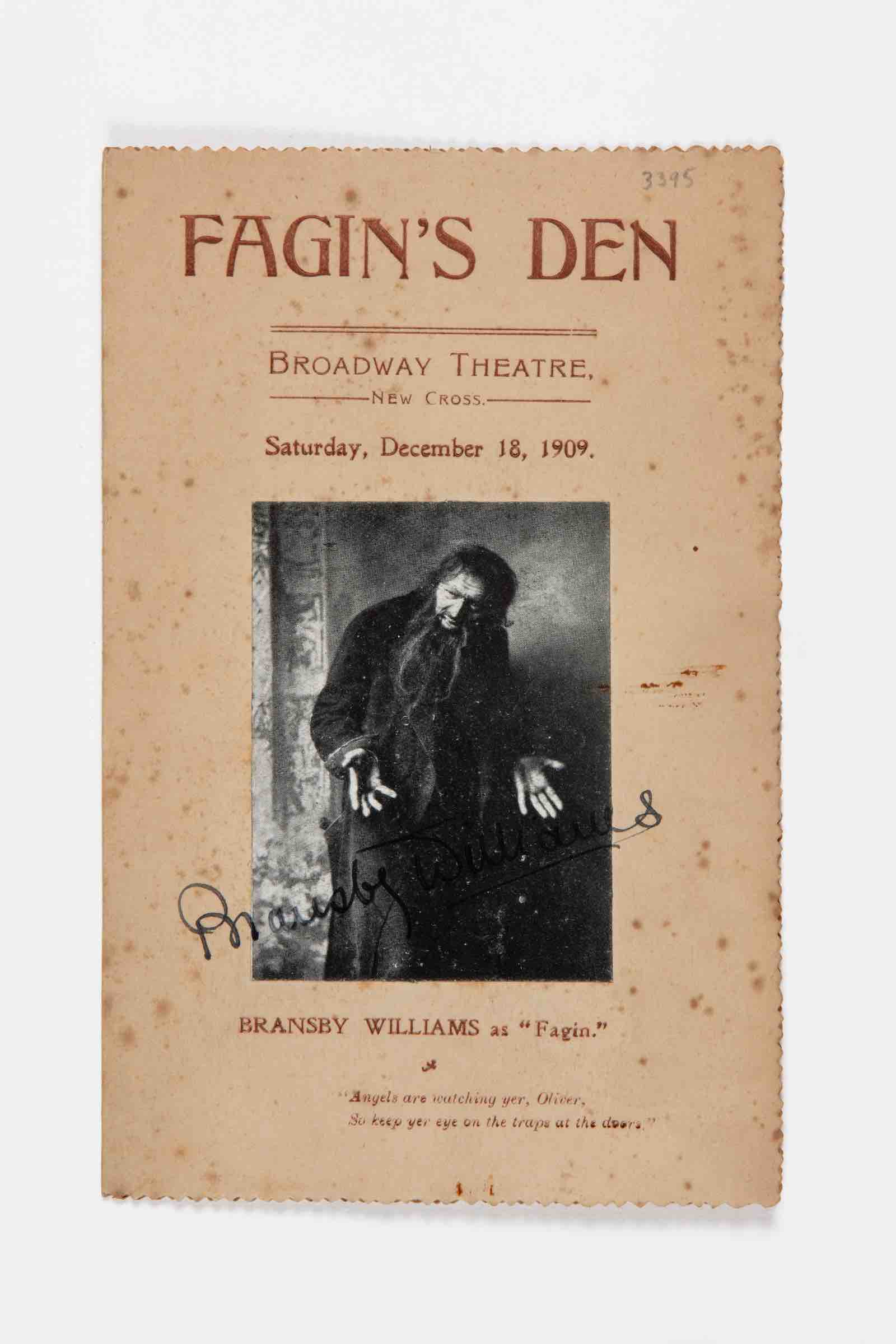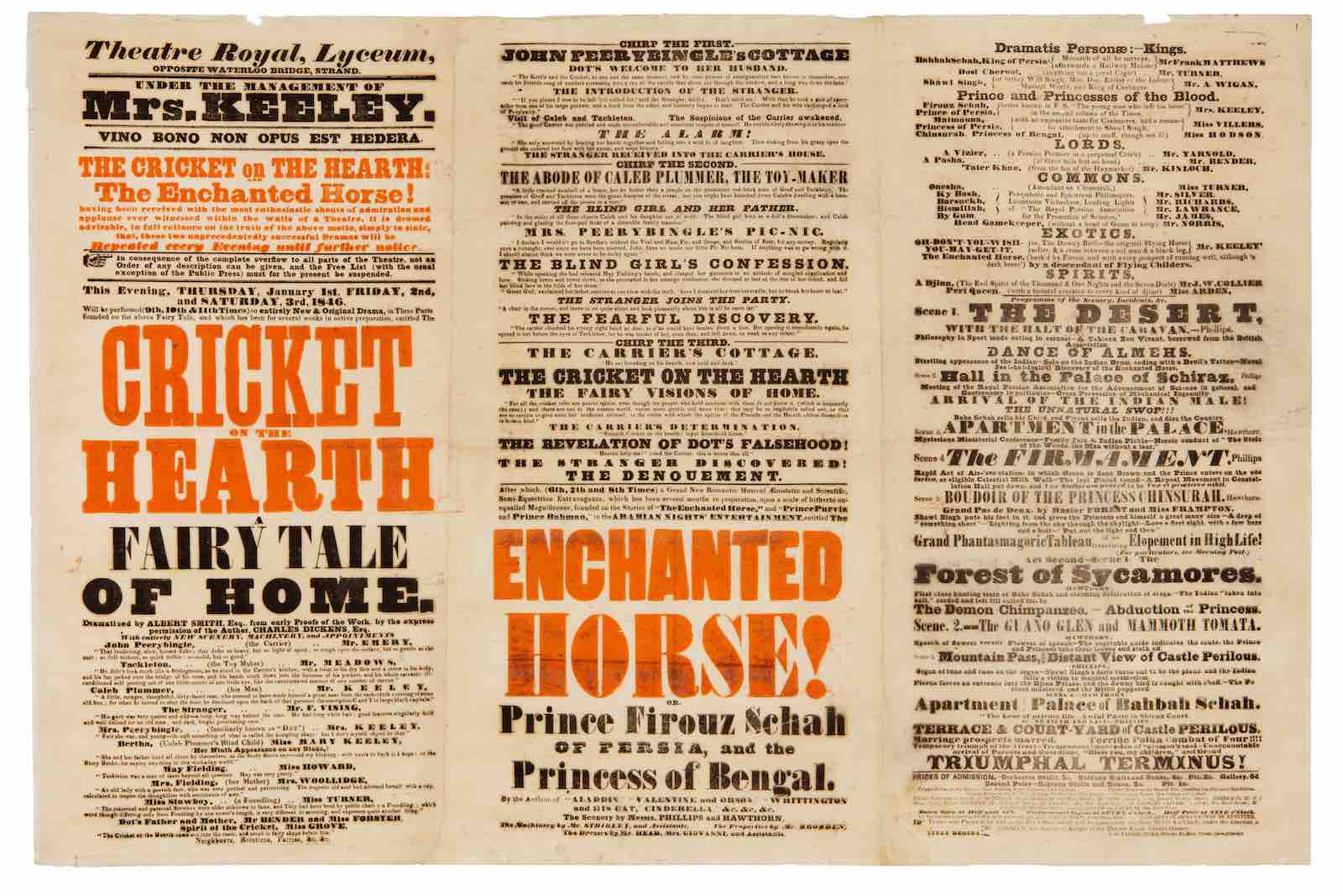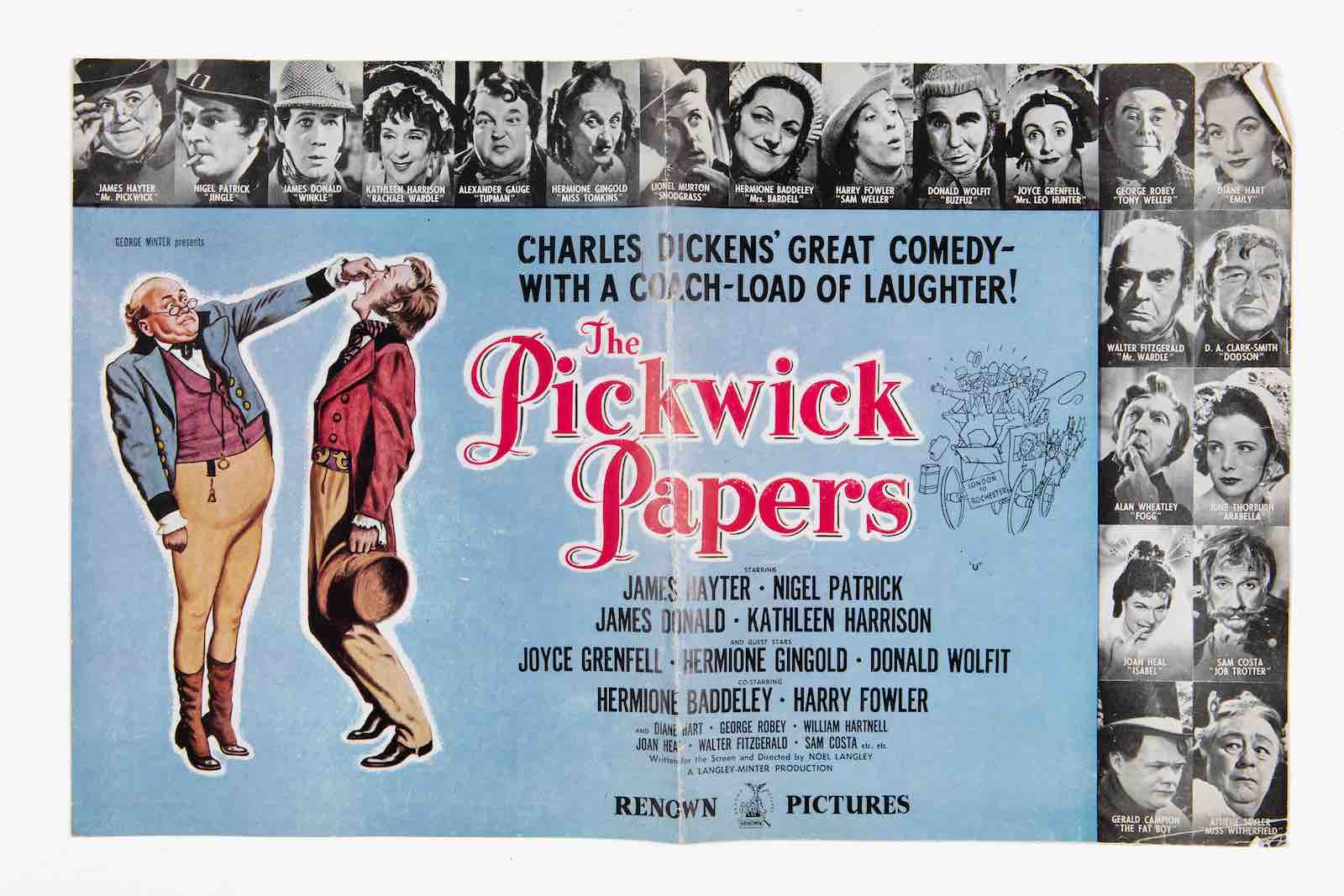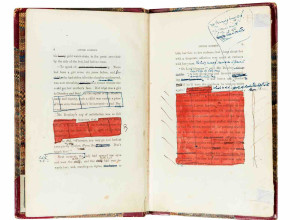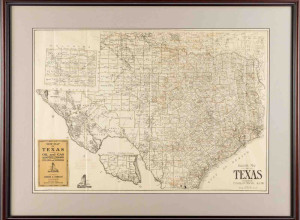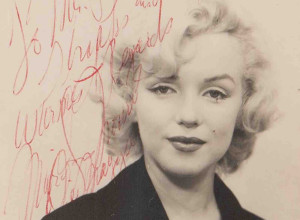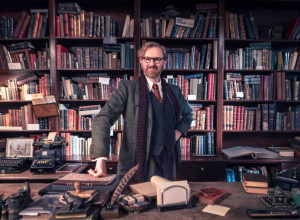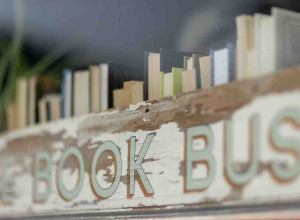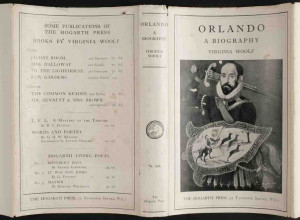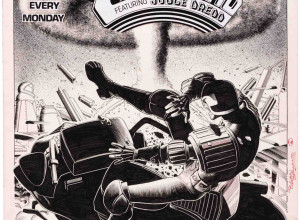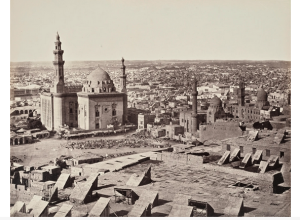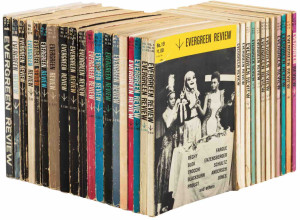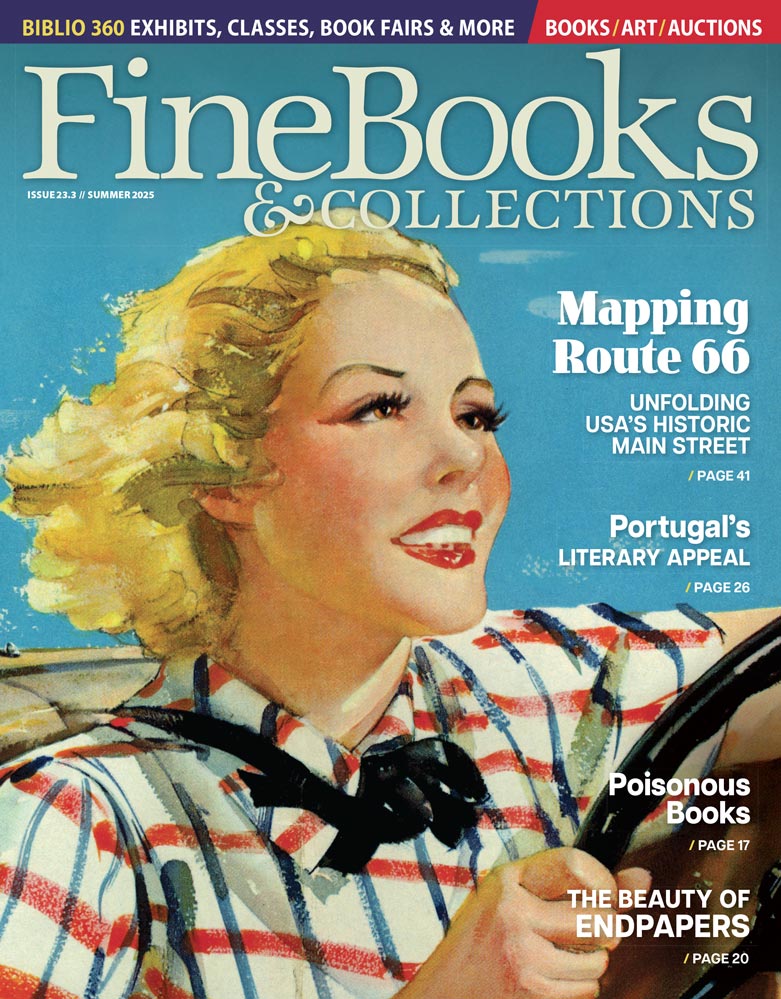“Performing was central to Dickens’s life from a very early age," said actor, writer, director and Charles Dickens Museum Patron Simon Callow. "His father used to take him as a five-year-old to the local pub where he would recite and sing. This impulse never left him. As a sickly child he wrote plays for his family’s amusement, and as soon as he was in paid employment as a teenager, he visited the theatre every day of every week. Perhaps the pivotal moment of his life was his cancellation because of illness of an audition with the greatest actor-manager of his day. Instead, he took a job as a parliamentary reporter and then the course of his life was set.
"But he never stopped writing, directing and performing plays, to say nothing of his extraordinary magic shows in which he appeared as Ria Rhama Roos. All this came to a head in the public readings which he performed for massive and astounded audiences on both sides of the Atlantic. At the end of his life, he told a friend that what he would really like to have done with his life was to have run a theatre. He was the writer as actor, his novels stupendous performances.”
Emma Harper, exhibition curator and Deputy Director of the Museum, added: “It may have started with Alastair Sim’s Scrooge, Helena Bonham Carter’s Miss Havisham, Ron Moody’s Fagin, Tilda Swinton’s Betsey Trotwood, Claire Foy’s Amy Dorrit or Oliver Reed’s Bill Sikes, but so many people have had their love for Dickens fired by a great performance or production of one of his books.”

